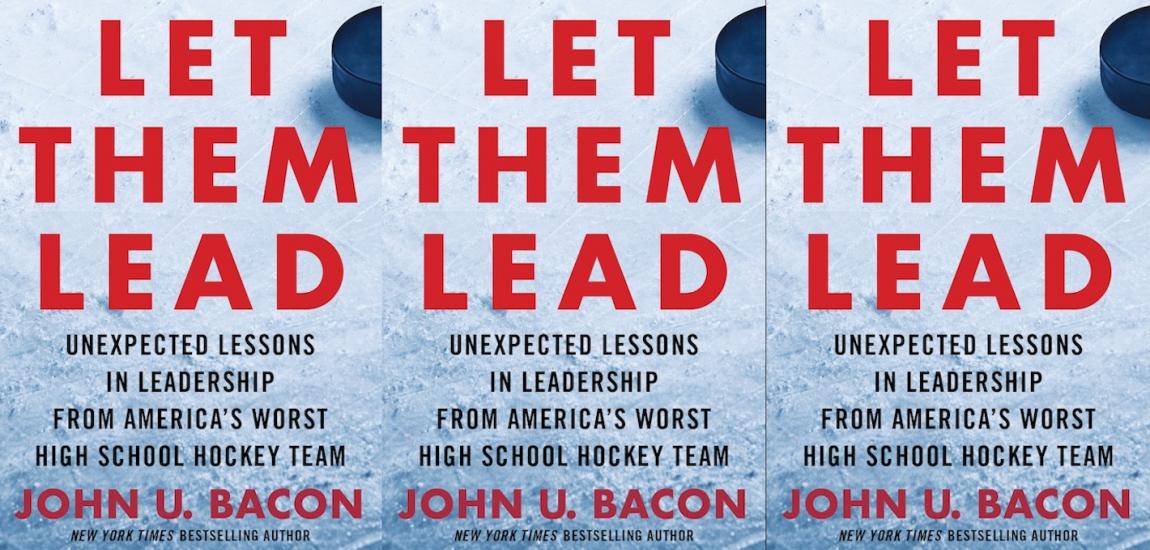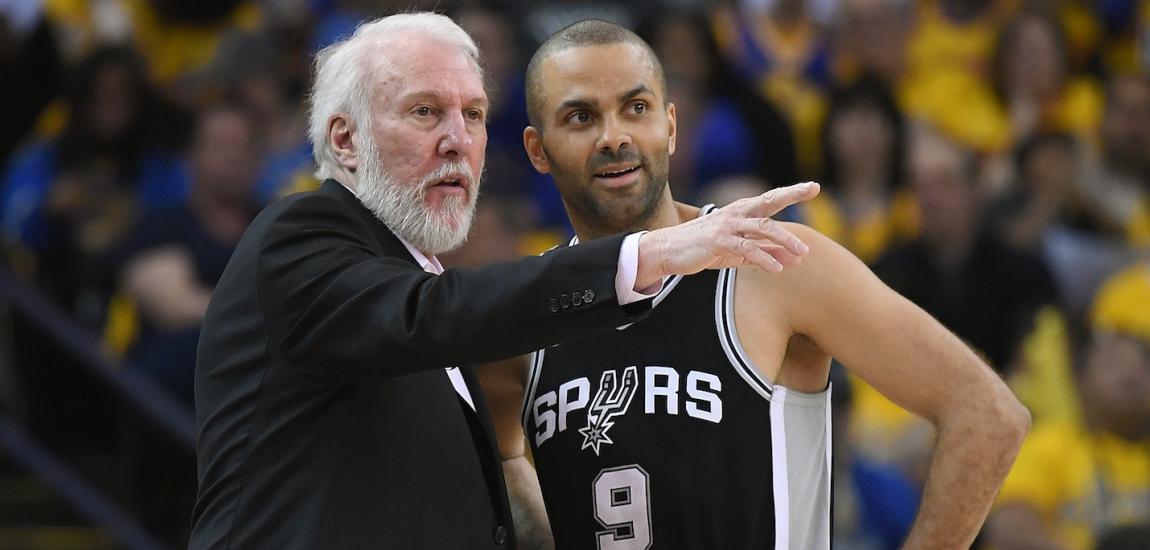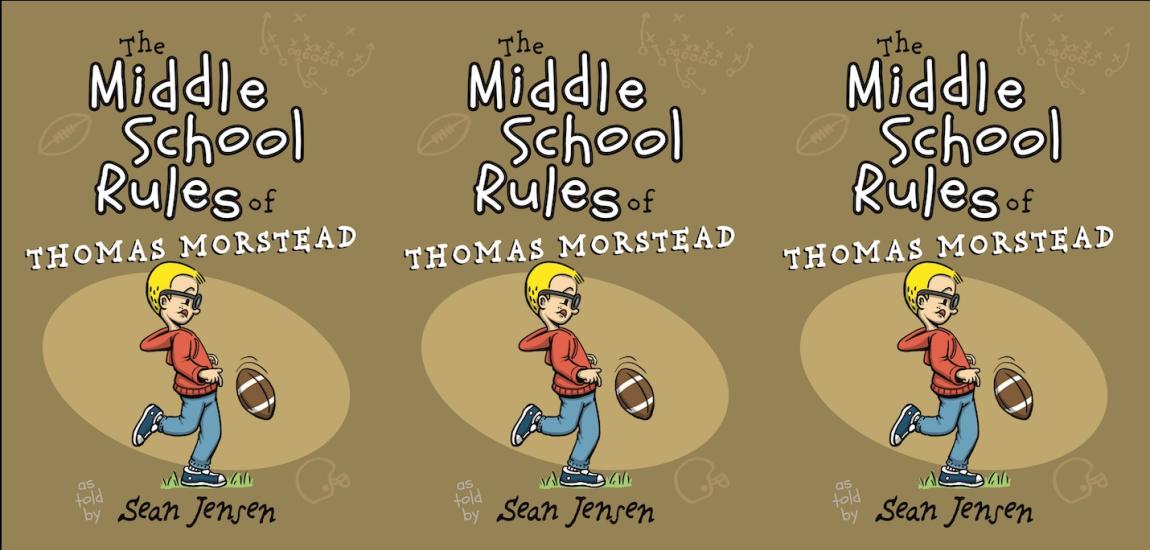Jamie Moyer was just about finished as an MLB pitcher in his mid-20s. Then he encountered a gravel-voiced, highly confrontational sports psychologist named Harvey Dorfman. Listening to the "in-your-face" insights of Dorfman, Moyer re-invented himself and his approach to his game. Moyer went on to become an All-Star and also a World Series champion. In 2012, he was 49 and became the oldest pitcher to win an MLB game. This came after missing the entire 2011 season because of Tommy John surgery. Here is an excerpt from Just Tell Me I Can't: How Jamie Moyer Defied the Radar Gun and Defeated Time that looks at his approach.
Moyer essentially throws four pitches. He thought he'd have no problem rediscovering the four-seamer, but he’s extra pleased that the sink of his two-seamer impressed Rollie. It’s the grip that causes that action on the ball. The seams are on a baseball for a reason; when you hold a ball along them, with your fingers actually resting on them, you create backspin, which makes the ball suddenly drop.
Next will come the changeup, which Moyer first learned from a teammate in college. The first time he tried throwing it, a series of pitches went sailing over the backstop. The challenge is to maintain the same arm speed as the fastball, otherwise the hitter will pick up on the decreased speed before the pitcher even releases the ball. So how is it that Moyer’s changeup is typically ten miles per hour slower than his fastball? Grip, again: he holds the ball with the three non-dominant fingers of his left hand. But his index finger and thumb aren’t pushing behind the pitch, thereby reducing its force and increasing its deception.
Once the change is complementing the fastball, Moyer will seek to find his looping curveball, which he's had since high school. He's one of the last to throw a spiked curve, with the fingernail of his index finger wedged into the seam of the ball.

The wild card, and final pitch to rediscover, will be the cutter -- a version of Moyer’s idol Steve Carlton's legendary slider. Because of its sharper snap than the curve and a barely noticeable lower release point than his other pitches, the cutter is tougher on the arm than Moyer's other pitches. A part of him wonders if it's more than coincidence that, the very year he started throwing the cutter as a de facto out pitch – in his 2010 five-hit win over the Yankees at Yankee Stadium, he befuddled Derek Jeter and his teammates by throwing over sixty cutters -- is the year he blew out his arm.
Moyer will test his command by, as he puts it, "pitching to the X’s." Four-time Cy Young winner Greg Maddux, who, like Moyer, was drafted by the Cubs in 1984, was the first pitcher Moyer had heard talk about "the X's" and it's how he's thought of pitching ever since.
He imagines two large X's on the low part of the strike zone and on either outer side, or lane, of the plate. When he has his command, the respective flights of his cutter and two-seam fastball should form an ‘X’ to a righthanded hitter. The cutter breaks into the righty, and the two-seam fastball appears to be coming straight at the righty but it breaks down and away from (or “back-doors”) the batter at the last instant. When those two pitches are combining to make that 'X' on the corner, he can add another look with his straight four-seam fastball. That's three different looks for the batter to worry about on effectively two pitches – the fastball (both four and two-seam) and cutter.
"Now go to the opposite side, the lefthanded side of the plate,” Moyer explains. “I can sink the ball in on the lefty, or throw a two-seamer below the hitting zone, or back-door the hitter with a cutter so the ball is breaking from off the plate onto the plate. So now he’s either going to give up on it or he’s going to be messed up by the movement of it."

And that doesn’t even get to his curveball, which Moyer calls a "depth pitch." It ought to not quite reach his imaginary X’s. “You don’t want the curve breaking over the middle of the plate, you want it breaking short of the plate. Some guys who have good control with a firmer breaking ball throw it to the hitter's back foot, if it’s a lefty versus a righty. But I throw it as a depth pitch, meaning I want guys swinging over the top of it."
Of the 17-inch plate, Moyer considers the middle twelve inches the hitter's property. Mistakes are made when you encroach on their turf. The remaining part of the plate -- where the X’s are -- are Moyer's, as he sees it, which makes the umpire arguably more important for Moyer's success or failure than when the pitcher is someone with a blazing fastball who can get away with more mistakes. The cat and mouse game between pitcher and hitter is all about establishing these lines of demarcation.
It's commonly agreed that the hardest act in sports is hitting a baseball. That's because the hitter has roughly 0.4 seconds to hit a round ball with a cylindrical piece of wood that has a mere three-inch sweet spot. As a result, even the best hitters have to guess where the ball is going and at what speed. This is known as "cutting off half the plate”; they look for a pitch either inside or outside. On top of that, they have to anticipate either a fast pitch or an off-speed one. It’s virtually impossible to be looking for something slow and outside and react quickly enough to squarely hit something fast and inside.
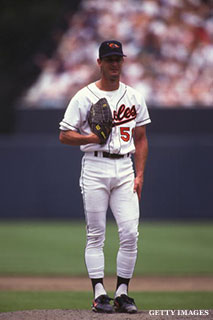
Moyer excels at messing with hitters guessing pitching patterns, both in terms of location and speed. When asked what advice he’d give to someone trying to hit off Moyer, Lou Piniella, his manager in Seattle, once said, "Think backwards."
He means that, on the counts that are typically considered hitter's counts, Moyer won't give in and throw fastballs over the hitter's part of the plate, even though, according to Baseball Prospectus, 93.8 percent of pitchers throw either a two-seam or four-seam fastball when behind in the count 3-0. Precisely because the hitter is looking for a fastball closer to his zone, Moyer won’t oblige. Ever since he and Dorfman first started talking in the early '90s about using hitters' egos against them, Moyer has actually gotten more aggressive -- throwing softer and with more precision toward the corners, especially inside, when the conventional wisdom is to the contrary. The result has been that Moyer keeps hitters off-balance, or, as hitters like to say, "off the barrel of the bat." It's also why Moyer induces a particularly high number of infield pop-outs.
Moyer hasn't thrived for 25 years in the big leagues because he's like other pitchers, in other words. He's thrived because he’s so different. Much is made of his velocity, or lack thereof, but it's quite intentional: he flusters batters by going from slow to slower to slowest. (In 2010. Moyer's fastball averaged 81 miles per hour. Early in his career he was clocked in the mid-80s, as reported in the scouting report that Chicago Cubs' scout Billy Blitzer prepared prior to the Cubs' selection of Moyer in the sixth round of the 1984 draft. Moyer still carries the report with him, in his shaving kit. Blitzer praised Moyer’s poise and baseball smarts, while noting that he topped out at 84 miles per hour.)
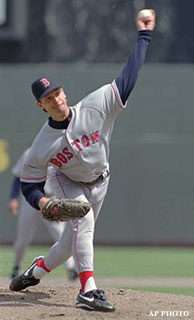
As he struggled in the majors, Moyer would try and throw harder, pushing off his back leg with more and more force. Occasionally, he'd add a mile or two or three, but the results never improved. "Me throwing at 86 or 87 miles per hour was still below average compared to the league, but to reach that velocity, my ball would be higher in the strike zone,” he realizes now. It wasn't until Dorfman finally gave him permission to accept who he is -- a smart, soft-tossing lefty who could still be aggressive without being fast -- that the results started to come.
He learned, in other words, that on the mound, speed often kills. To one degree or another, depending on the quality of their stuff and their mindset, this "pitch to contact" lesson is something all successful pitchers go through -- even the hardest throwers. "I became a good pitcher when I stopped trying to make them miss the ball and started trying to make them hit it," none other than Sandy Koufax (another late-blooming lefty) once observed.
Because of his lack of speed and his cerebral nature, Moyer is commonly, and erroneously, thought of as a "nibbler," a pitcher who fears the hitter and, as a result, "nibbles cautiously" around the strike zone. Early in his career, Moyer nibbled; he’d rarely throw his changeup for strikes, even though it had been his best pitch in college and the minors, and he’d rarely come inside. When Dorfman started pointing out that the pitcher is the only player on the defensive field who is actually an offensive player -- “You act," his guru would say. "The batter reacts. You’re in control” -- it liberated Moyer to assert his will, to make the batter hit his pitch. It meant taking control of the pitcher/hitter relationship, which begins to happen before even taking the mound.
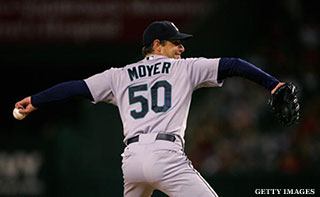
Inspired by Dorfman's aphorism "Failure is wanting without work," Moyer began keeping copious notes on every batter he'd face, so he’d always have at the ready his own scouting report to review prior to every game. He first got the idea after seeing his Cubs teammate Vance Law, an infielder, scribbling in a notebook in the dugout during games. Law was logging the pitchers and pitches he faced, what fooled him, what he had solidly struck. Eventually, Moyer started doing the same as a pitcher, first in a series of notebooks and then on the clubhouse lineup card itself. Before every game, he goes over the notes with his catcher and pitching coach. So, if they’re facing the Yankees, there is his scribbled strategy scrawled next to Derek Jeter's name: "First ball fastball swinger. Climb the ladder. Start low. Translation: Moyer would start him with a fastball below the strike zone, hoping he chases. Then, because Jeter doesn’t adjust well to having to change his eye level, he'd "climb the ladder," throwing something at mid-thigh, though not over the white. He'd follow that with something above the letters.
On another page, there are notes for facing pinch-hitter extraordinaire Matt Stairs, a lefty. If an opposing team has sent a lefty to pinch-hit against him, Moyer knows it’s because they think he can hit his breaking ball. Stairs will be looking for something soft, away. So he’s written: “Pound in, pound in, cutter away, backdoor change.”
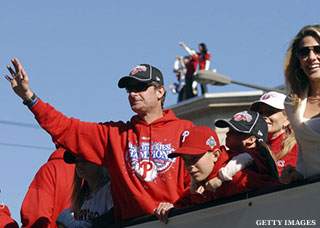
A couple of pages later, there’s the secret to success against White Sox leadoff hitter Ray Durham: "Pitch backwards, start him with soft, wants ball up and out over plate. After establishing away, will chase breaking balls down with two strikes."
Then there's slugger David Justice: "If you go in, he will look away next pitch. May take a lot of first pitches. Cutters away, breaking balls down and away. Hard on hands. Likes ball down and in. Change away, sinker away. Occasional front door cutter, off his body. Throw it to his hip."
On the mound, Moyer juggles the information from his own notes with, as he puts it, what the batter is (unwittingly) telling him. If, for example, Moyer knows that the batter likes to slap first-pitch fastballs on the outer part of the plate to the opposite field for base hits, that doesn't necessarily mean he’ll shy away from a first pitch fastball away – as a true nibbler, guided by fear and caution, might.
Instead, Moyer will throw a fastball outside – but rather than being on the outside third of the plate, maybe it will be an inch or two off the plate, or an inch below the hitter’s preferred zone. This is why Moyer says pitching takes place from the neck up: “You’re trying to keep him from getting what he wants, at the same time that you're trying to lull him into thinking that he is getting what he wants,” Moyer says.
Moyer's aggression, then, lies in his ability -- in a Zen-like fashion -- to turn hitters' aggression against them. It's not just about hitting his spots; it's about hitting his spots and thereby seizing on hitters' frustration. "If a guy takes a swing at an outside fastball and hits off his front foot and fouls it off, I know I have the advantage," Moyer says. "If he couldn't get around on that, it means he was looking for the change. If he couldn't get around on something away, he won't get around on something in, so I'll jam him with a cutter, get him to hit the ball above the label, foul it off. Now he’s pissed off, thinking, 'I should’ve hit that ball.' Now, in hitting my spots, the game within the game has begun. I can bust him inside again or get him to swing over something soft or come back and back-door him on the outside corner. Now I've got him second-guessing himself. I've gotten inside his head.
-- Excerpted by permission from Just Tell Me I Can't: How Jamie Moyer Defied the Radar Gun and Defeated Time by Jamie Moyer And Larry Platt. Copyright (c) 2013 by Jamie Moyer And Larry Platt. Published by Grand Central Publishing. All rights reserved. No part of this excerpt may be reproduced or reprinted without permission in writing from the publisher. Available for purchase from the publisher, Amazon, Barnes & Noble and iTunes.


